Weather Station UV Index Sensors: what is the uv radiation

Ultraviolet (UV) rays are a crucial component of the sun’s emitted electromagnetic spectrum. While invisible to the human eye, it has both beneficial and detrimental effects on health.
How to use an anemometer to measure wind speed instrument?
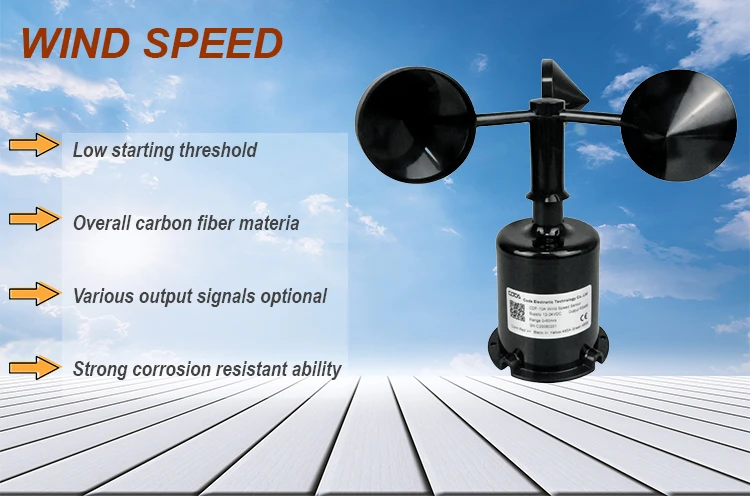
An anemometer is an instrument for gauging wind velocity. It often uses the wind cup model. People commonly find this model in weather stations.
What is a Water Quality pH Sensor?

A water pH sensor is an essential tool for determining the acidic or basic nature of water.
How Do water level detector sensor Work?

Water level sensors are devices designed to convert the real-time measurements of water levels into corresponding electrical signals.
How does the PAR sensor work?

The main idea of a PAR sensor is photoelectric sensing. In this process, light exposure causes photons to interact with the sensor’s photodiode.
How a Pyranometer Operates and Its Uses
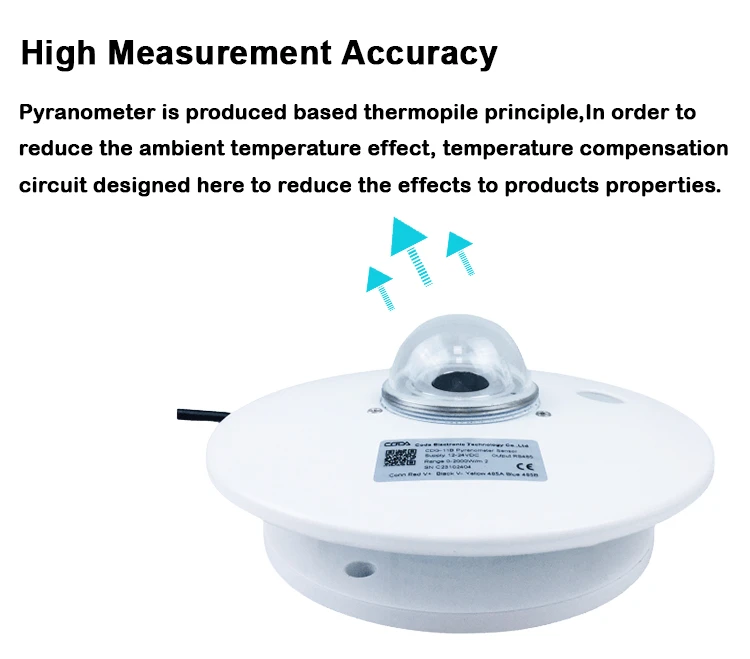
Derived from the Greek for “sunlight meter,” a pyranometer is a device specifically crafted to measure solar radiation intensity.
Cup Anemometer and Wind Vane
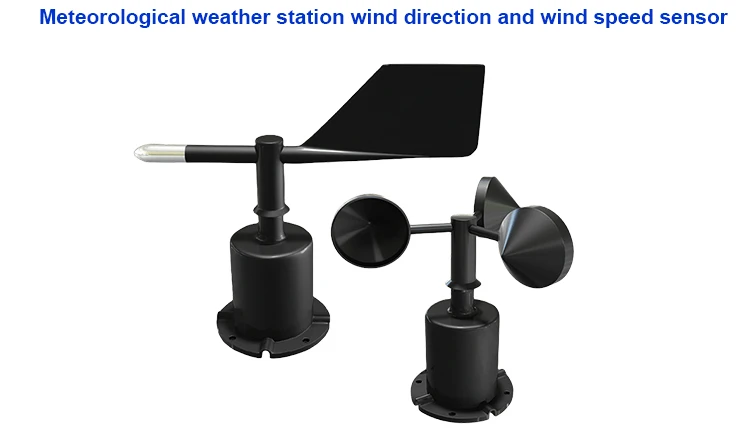
A cup anemometer, also called a wind cup anemometer, is a widely used device for gauging wind speed. Its sensing part usually has three or four hollow cups. These cups have shapes like hemispheres or cones.
Tipping Bucket Rain Gauge Diagram
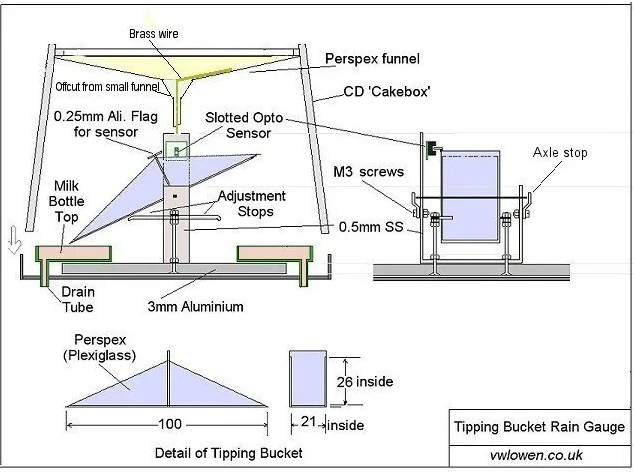
The tipping bucket rain gauge is a widely used device for monitoring precipitation, known for its straightforward operating principle. It mainly comprises a specialized tipping bucket and connected sensors.
Rain Sensor: Common Faults and Repair Methods
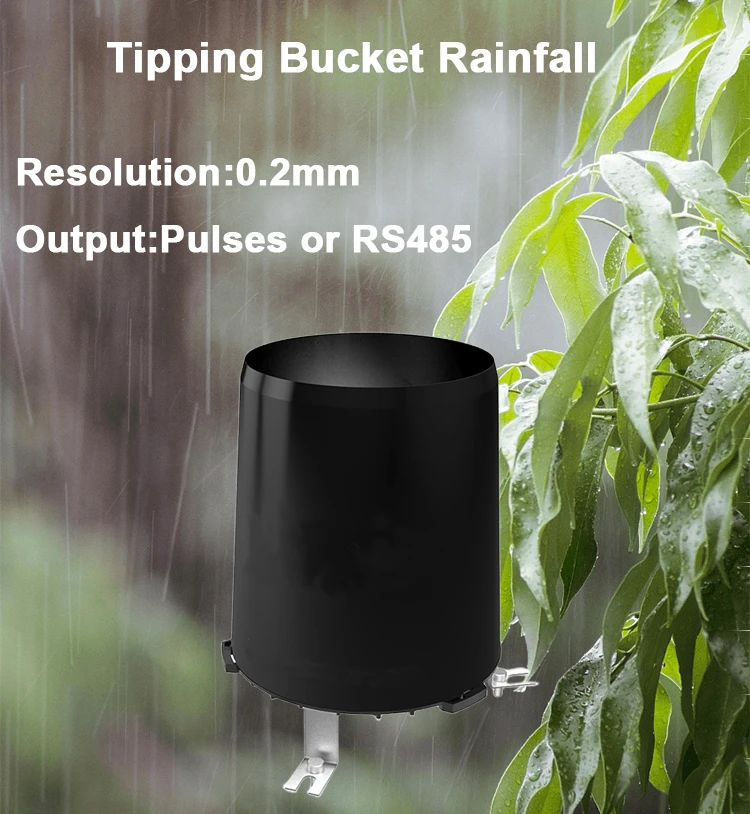
Rain sensors are valuable devices designed to detect rainfall, commonly applied in meteorological observations, hydrological monitoring, and automated control systems.
The importance of the soil pH
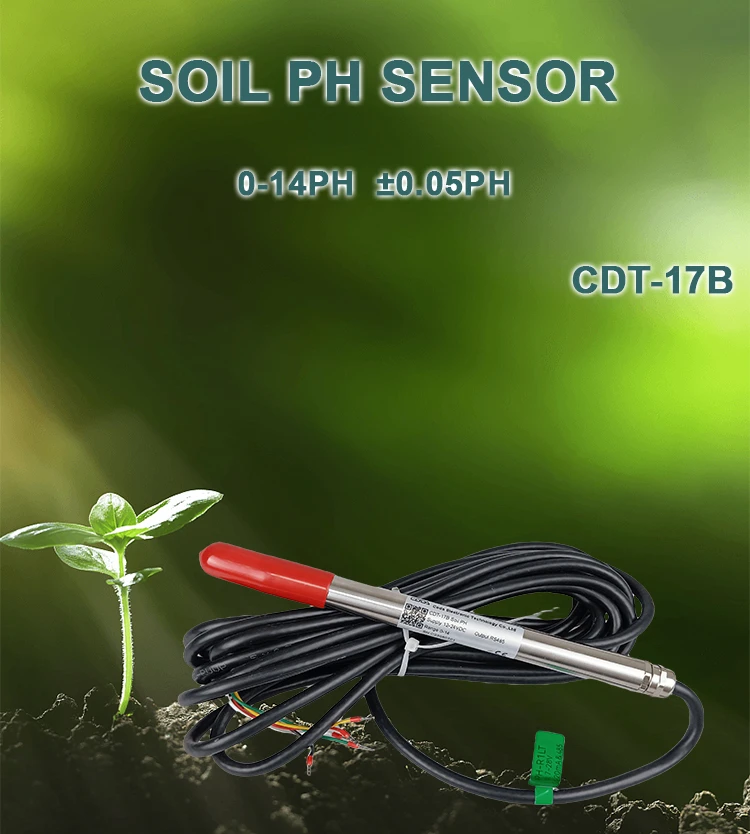
The significance of soil pH lies in its vital role as a key indicator of soil chemistry. It shows the amounts of hydrogen ions (H⁺) and hydroxide ions (OH⁻) in the soil.
